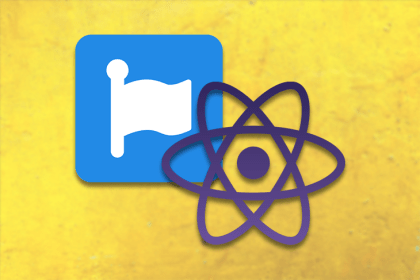
Font Awesome is a great add-on for showing icons on social media platforms that you can easily install into your React project.
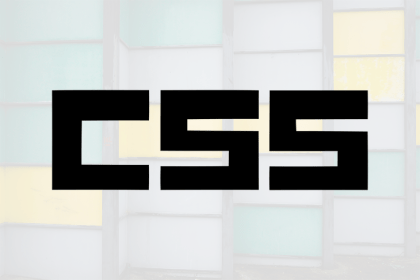
There are several ways to build a custom grid in CSS. This tutorial demonstrates how to create one using the CSS float property.
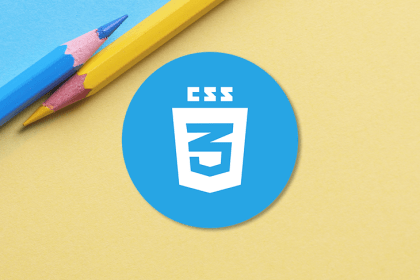
Simplify CSS on larger projects using a utility-first framework, which provides a low-level utility class to build out custom designs within your HTML file.
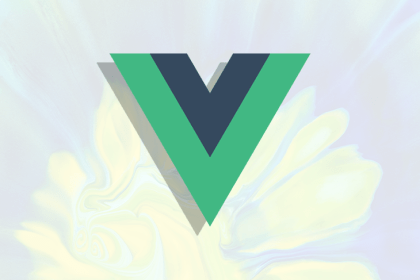
These best practices will help you load fonts in Vue apps, ensuring you serve fonts that look nice without compromising performance.

Circumvent class constraints in TypeScript by using mixins, special classes that contain a combination of methods that can be used by other classes.
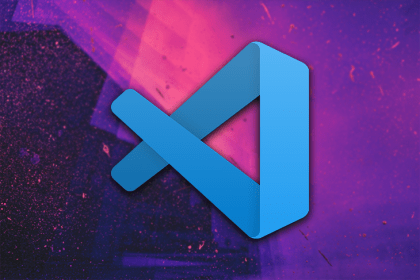
Learn how to set up a project and write your first VS code extension in JavaScript.
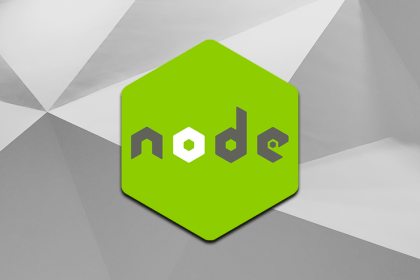
Learn how and why events play a big role in the development of Node.js applications.
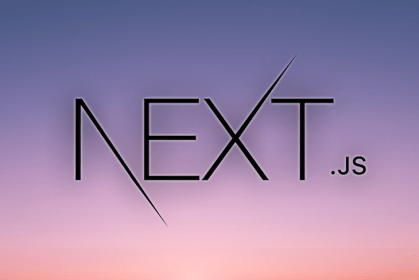
Learn how you can use Next.js in a pre-existing React application to add server-side rendering to your project.
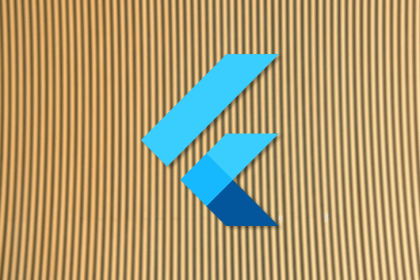
This tutorial demonstrates how to customize the AppBar in a Flutter app by walking through some practical examples.
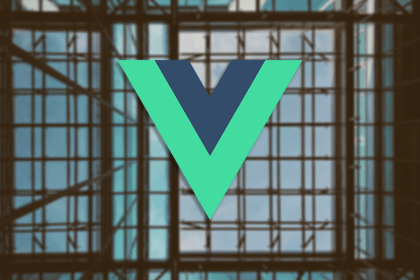
Evaluate the top frameworks available for building mobile applications with Vue.js and compare the strengths and weaknesses of each.
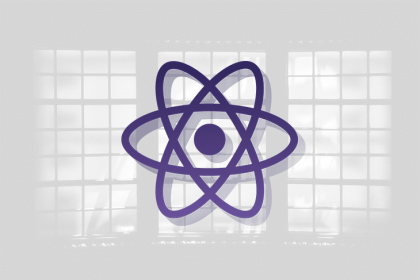
Split panes are a constant part of a developer’s life. Here, you can learn how to create a split pane component in React from scratch.
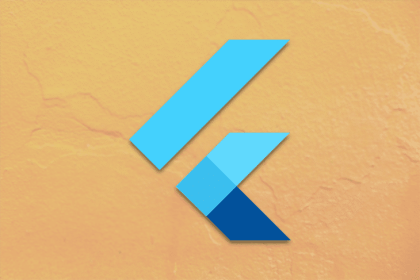
Learn how to set up automated testing in Flutter apps and how to write each type of automation test with examples.